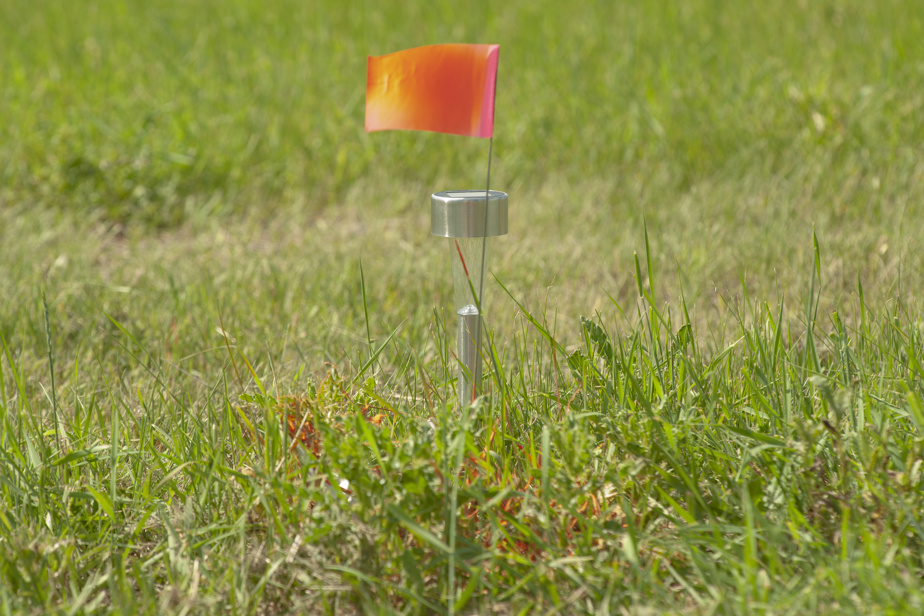The body of a child from the Cree Nation who died in 1966 will be exhumed at the request of her family so that her remains can be repatriated and buried in her community, 58 years later, so that she can finally rest at home.
The child, whose identity remains confidential, was admitted to hospital while she was at a residential school and died shortly after.
Her parents were not informed of the death until several months later, but she had already been buried in the cemetery near the residential school rather than in her community.
Buried without parental consent
“The family is asking for exhumation and burial in their community because this child was buried without the consent of the family, the parents, the mother and the father,” Françoise Ruperthouse explained in an interview with La Presse Canadienne. , executive director of the Awacak organization.
It was Judge Alain Bolduc, of the Superior Court, who authorized this procedure as permitted by the Act authorizing the communication of personal information to the families of Indigenous children who have disappeared or died following admission to an institution.
This law aims to support Indigenous families in their search for information on the circumstances surrounding the disappearance and death of children outside their community.
The date of the exhumation, which the family wishes to carry out in the strictest privacy, has not yet been determined.
This is the third exhumation request to which the courts have agreed. Last September, the remains of two Innu children were exhumed in Pessamit, an Innu community located halfway between Forestville and Baie-Comeau on the North Shore.
Ban on opening coffins
In the latter case, these were children who died in 1970 at the Baie-Comeau hospital. Their parents were unable to accompany them to the hospital and the authorities then gave them closed coffins and told them not to open them.
The objective was to ensure their identity, explained Mme Ruperthouse. “They were not allowed to open their coffins when they received the children. At that time, several Aboriginal people, several families whose children died in hospital received a box. »
According to her, some people still opened the coffin to discover that it was not their child who was there.
“So the doubts remained. When you don’t see your child in the coffin, it creates doubts. Grieving does not happen automatically. We have to see to be sure and to be able to truly mourn. »
Mme Ruperthouse confirms that DNA analyzes carried out by the Laboratory of Forensic Sciences and Legal Medicine in Montreal have indeed confirmed the identity of one of the two children. The analyzes have not yet been completed in the second case.
The Awacak organization, which means “little being of light” in Atikamekw, was created by Indigenous families whose children disappeared or died after being admitted to the health system.
